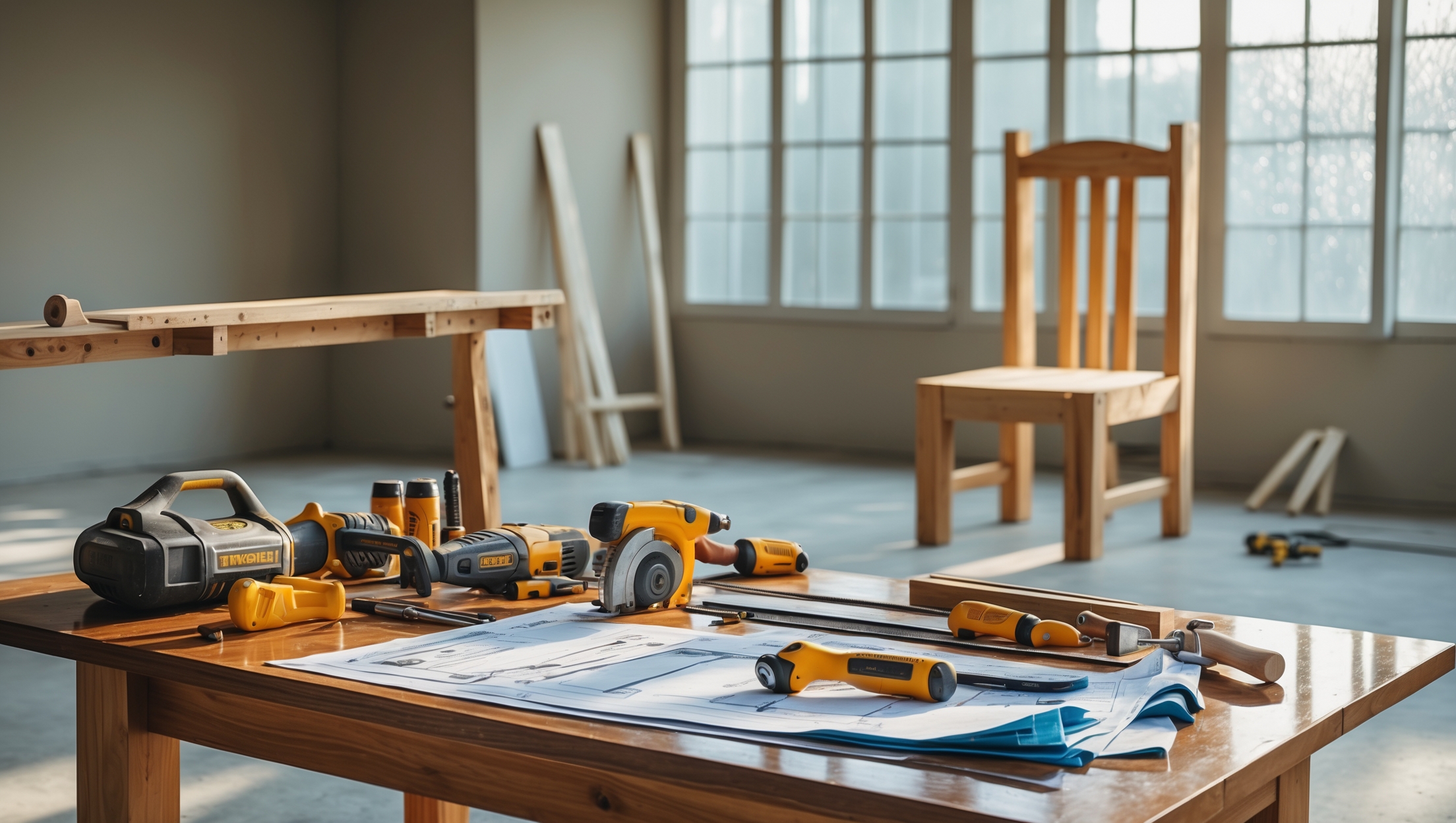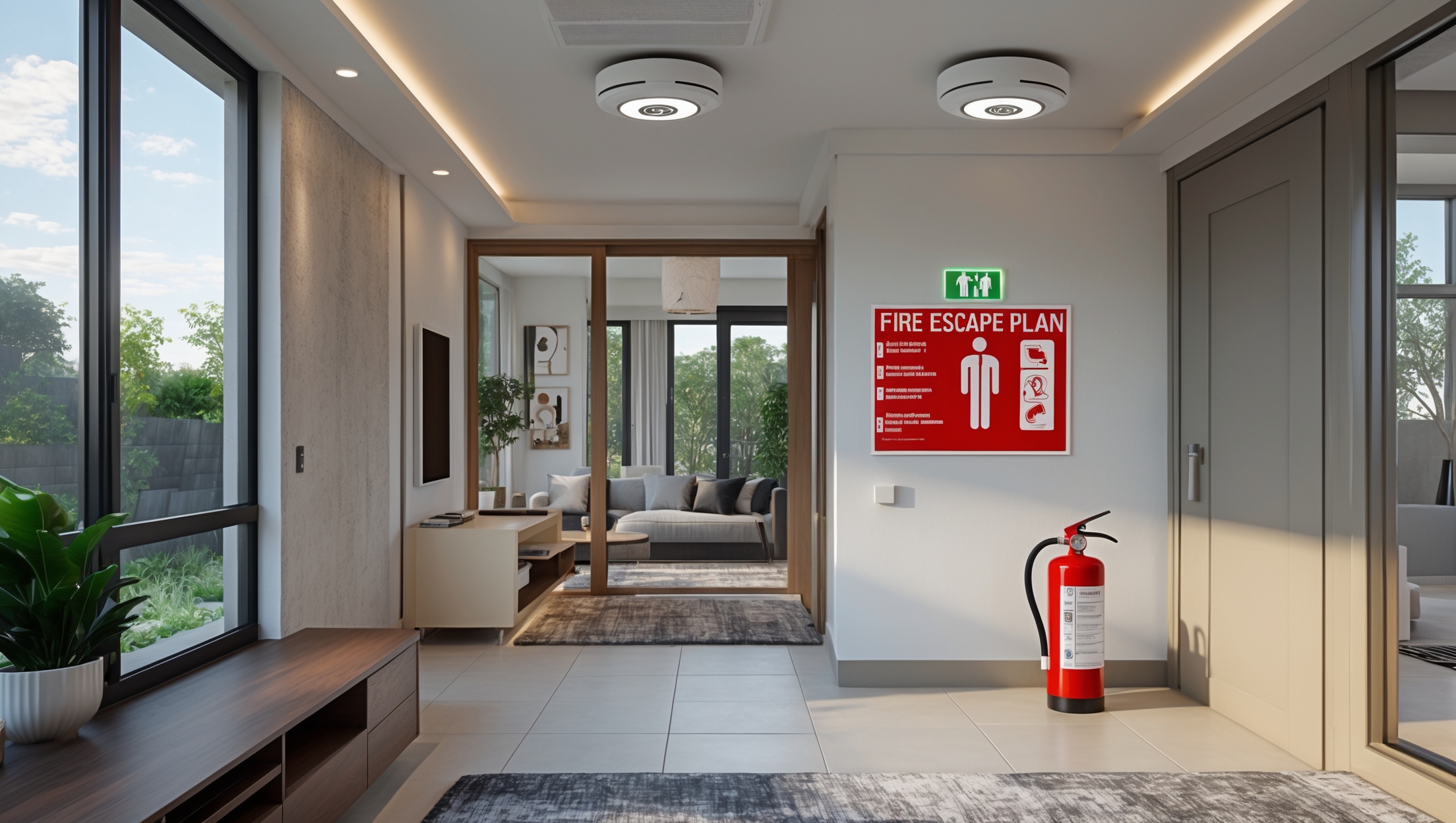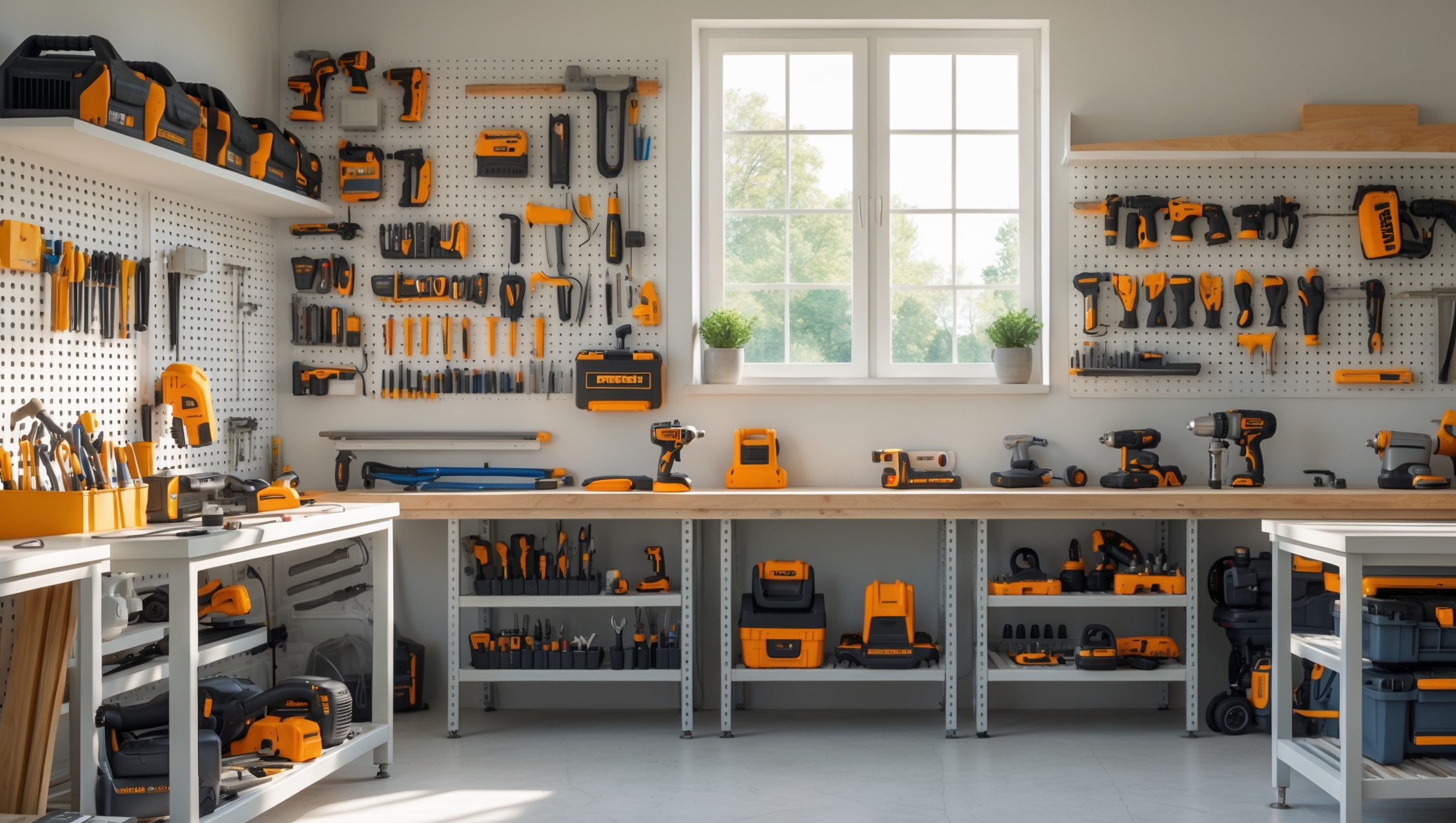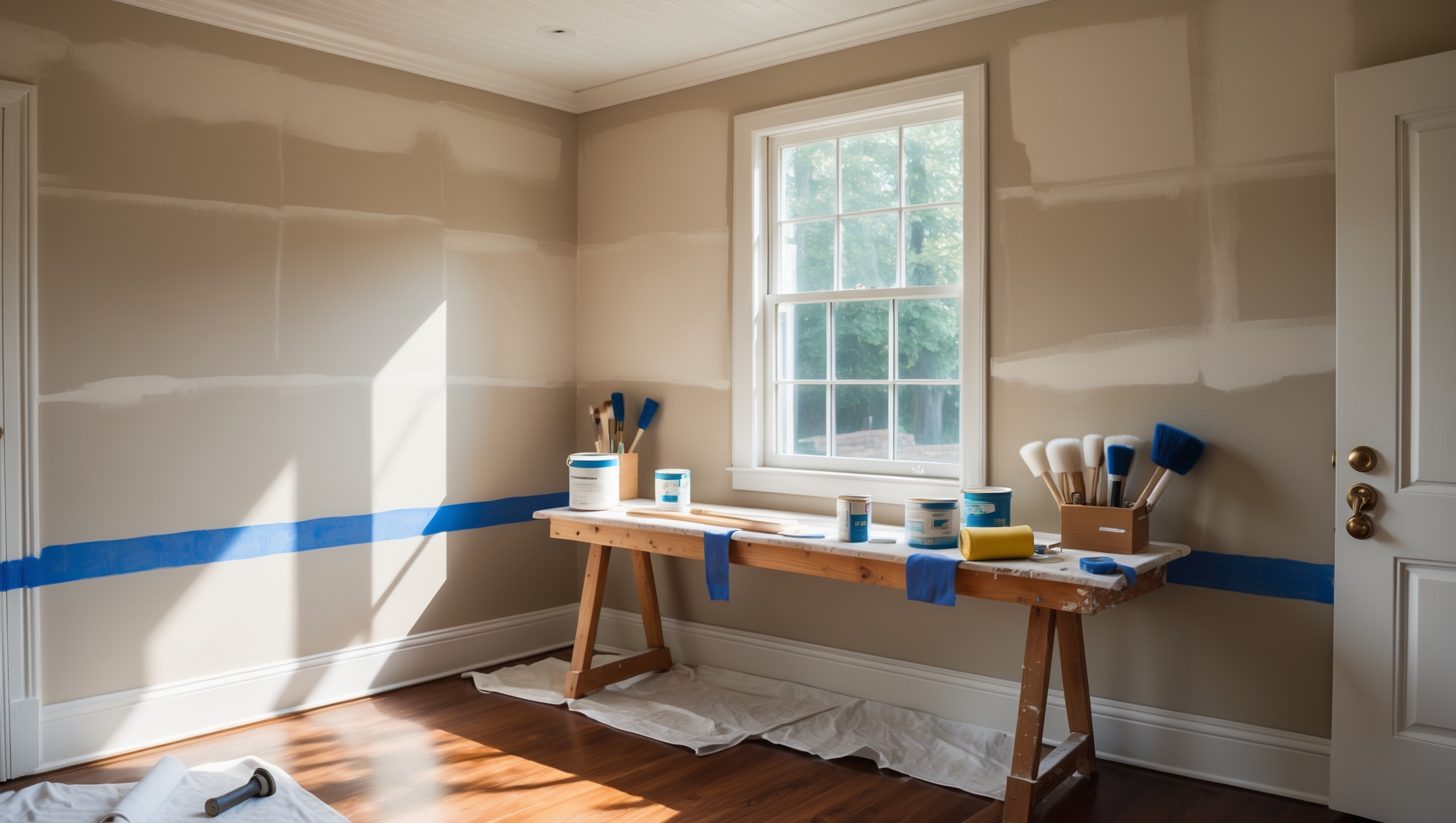Introduction: The Overlooked Importance of Insurance in DIY Home Improvement
Rolling up your sleeves and tackling home improvement projects yourself can be incredibly satisfying, cost-effective, and empowering. But while you’re busy measuring, cutting, and painting, there’s a crucial aspect that often gets overlooked: insurance coverage. Many DIYers assume their standard homeowner’s policy automatically covers any mishaps or damages that occur during a renovation. Unfortunately, this isn’t always the case. Overlooking the details of your insurance could lead to costly surprises—think denied claims, uncovered damages, or even liability for injuries. Understanding exactly what your policy covers, and where the gaps lie, is essential before you pick up that hammer or sledgehammer. This post will guide you through the essential insurance considerations every DIYer should know, helping you protect your home, your finances, and yourself as you bring your vision to life.
Understanding Your Homeowner’s Insurance Policy
What Standard Policies Typically Cover
Most homeowner’s insurance policies offer two main types of coverage relevant to home improvement:
- Dwelling Coverage: Protects the structure of your home from perils like fire, wind, hail, and certain types of water damage.
- Personal Liability Coverage: Covers legal and medical costs if someone is injured on your property.
However, these protections come with important limitations when it comes to renovations and DIY work.
Exclusions and Limitations
Insurance policies are filled with exclusions—specific situations where coverage doesn’t apply. Common home improvement exclusions include:
- Poor Workmanship: DIY mistakes leading to damage (like a burst pipe from an improperly installed sink) are generally not covered.
- Unpermitted Work: Projects done without required permits can void your coverage for related damages.
- Negligence: Accidents due to negligence—such as ignoring safety precautions—may not be covered.
- High-Risk Activities: Activities like roofing or structural changes may be specifically excluded or require additional endorsements.
Before You Begin: Key Insurance Steps for DIY Projects
1. Review Your Existing Policy
Start by reading your current homeowner’s insurance policy. Look for references to renovations, alterations, or exclusions tied to construction work. If the language is unclear, call your insurance agent and ask direct questions about your planned project. Be specific about the scope, materials, and tools you’ll use.
2. Notify Your Insurance Provider
Most insurers require that you inform them before undertaking major renovations, even if you’re doing the work yourself. This is especially critical if your project:
- Changes the square footage or layout
- Impacts structural elements (walls, foundation, roof)
- Involves electrical, plumbing, or HVAC upgrades
Notifying your provider ensures your coverage remains valid and gives you an opportunity to discuss any necessary policy updates.
3. Confirm Permit Requirements
Many insurance policies require work to be done according to local building codes and with the proper permits. Skipping this step can void your coverage. Always check with your city or county building department to determine what permits are needed for your project.
Typical Scenarios: How Insurance Applies to DIY Projects
Scenario 1: Accidental Damage During Renovation
Suppose you’re removing an interior wall and accidentally rupture a water pipe, causing damage to flooring and drywall. Will insurance pay?
- If the work was permitted and done according to code, and the damage was sudden and accidental—not due to negligence—some policies may cover the resulting damage, but not the repair of poor workmanship.
- If you skipped permits or failed to follow code, coverage is likely to be denied.
Scenario 2: Injury to Yourself or a Family Member
Homeowner’s liability insurance generally does not cover injuries to you or household members from DIY activities. Health insurance is your only recourse for medical expenses.
Scenario 3: Injury to Guests or Helpers
If a friend or neighbor is helping and is injured, your liability coverage may apply—unless they are being paid, in which case workers’ compensation or a different policy may be required.
Scenario 4: Damage to a Neighbor’s Property
If your DIY project causes damage to a neighbor’s property (for example, a falling tree during landscaping), liability coverage may respond, but only if you were not grossly negligent or violating laws.
Project Types That May Impact Your Insurance
Structural Changes
Adding or removing walls, converting attics or basements, or expanding your home typically requires not just permits, but notification to your insurer. These changes can affect your home’s replacement cost and coverage limits.
Electrical, Plumbing, and HVAC Upgrades
DIY work on these systems is often excluded unless performed by a licensed professional. Improperly completed work can result in denied claims if it causes future damage, like a fire or flood.
Roofing and Exterior Work
Roofing is considered high-risk. Some policies specifically exclude self-performed roofing repairs or replacements. Exterior work (decks, fences, siding) may also require notification and documentation.
Major Appliance Installations
Installing new appliances that involve plumbing or gas lines (dishwashers, ovens, water heaters) must be done correctly and, where required, inspected. Damage from faulty installations is often not covered.
When to Consider Additional Coverage or Policy Changes
Increase Your Dwelling Limit
Major upgrades or additions increase your home’s value. If you don’t update your policy, you could be underinsured in the event of a loss. Ask your agent to reassess your dwelling coverage after significant improvements.
Builder’s Risk Insurance
For large-scale renovations, consider a builder’s risk policy. This specialized insurance covers materials, structures, and equipment during construction—filling gaps left by standard homeowners coverage.
Umbrella Liability Policy
If your project increases the risk of injury to others, an umbrella policy offers an extra layer of liability protection above your homeowner’s limits. This is particularly useful if you have helpers or anticipate visitors during construction.
Documentation: Your Best Defense
Keep Detailed Records
Maintain a project file with:
- Permits and inspection reports
- Receipts for materials and equipment
- Before-and-after photos
- Correspondence with your insurer
This documentation is invaluable if you need to make a claim or demonstrate compliance.
Take Photos Before, During, and After
Photographic evidence helps prove the condition of your home and the quality of your work, and is especially useful if a dispute arises.
Common Mistakes DIYers Make with Insurance
- Assuming all work is covered without checking policy specifics
- Failing to notify the insurer about major renovations
- Skipping required permits and inspections
- Underestimating increased replacement value after improvements
- Not documenting work or saving receipts
Tips to Stay Protected During Your DIY Project
- Review and update your policy before starting any major project
- Obtain all required permits and schedule inspections as needed
- Use licensed professionals for high-risk work (electrical, plumbing, roofing)
- Limit the use of paid helpers unless you have appropriate coverage
- Store materials and tools safely to prevent theft or injury
- Document all work and keep communication lines open with your insurer
Frequently Asked Questions
Do I need to tell my insurer about every small project?
Minor cosmetic updates (painting, replacing fixtures) usually don’t require notification. However, anything affecting structure, systems, or value should be disclosed.
Will my policy cover tools and materials stored on site?
Standard policies may offer limited coverage for theft or damage to personal property used for renovations. Consider scheduling high-value items individually for better protection.
What if I hire a contractor for part of the work?
Ensure they have their own insurance and provide proof of coverage. Their policy should cover their work and personnel, but your own coverage remains crucial.
Conclusion: Secure Your Investment—Don’t Leave Insurance to Chance
DIY home improvement is a rewarding way to boost your home’s value and personalize your living space. But every hammer swing and saw cut brings risk, from accidental damage to potential injury. Assuming your insurance will automatically protect you is a common—and costly—mistake. The reality is that most homeowner’s policies have strict requirements and exclusions related to renovations and DIY work. Failing to review your policy, notify your insurer, or obtain necessary permits can leave you exposed to denied claims or out-of-pocket losses.
The good news is that with a little planning and communication, you can ensure your insurance keeps pace with your home improvement ambitions. Start by reviewing your policy, talking to your agent, and documenting every step of your project. Don’t hesitate to add coverage or endorsements when your plans call for significant upgrades. And remember: safety, compliance, and transparency are your best protections—not just for your home, but for your financial peace of mind.
Before you pick up the next power tool, take a moment to make sure your insurance is as robust as your renovation plans. The right preparation will keep your hard work—and your investment—safe for years to come.




